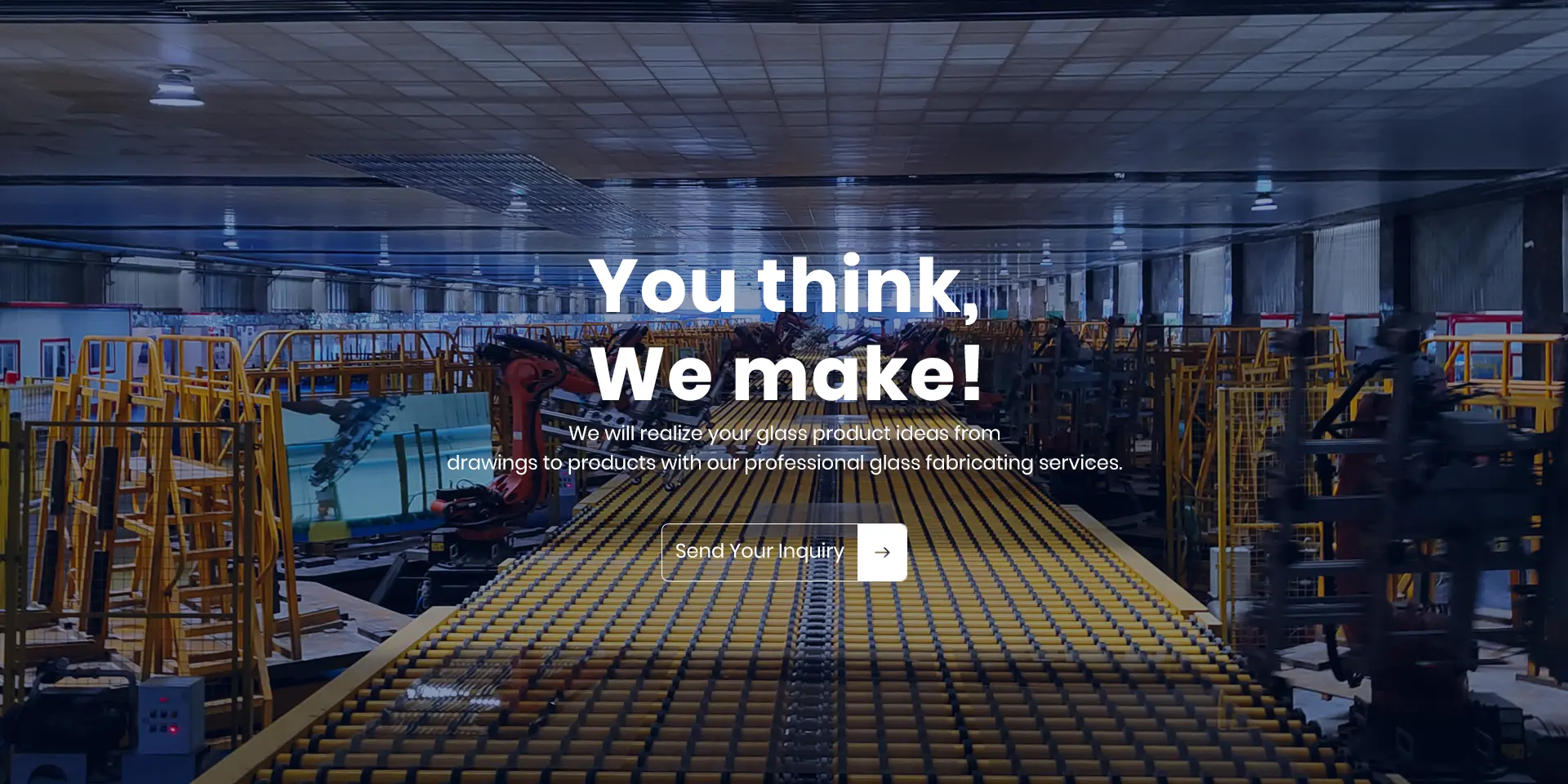Nov . 06, 2024 14:58 Back to list
Current Trends in Mirror Glass Pricing and Market Insights
Understanding the Price Dynamics of Mirror Glass
In recent years, the glass industry has seen significant fluctuations in prices, particularly in specialized products like mirror glass. Mirror glass is widely utilized in various applications including architecture, automotive, and interior design. Despite its common use, the pricing of mirror glass can be quite complex and varies based on several factors. In this article, we’ll delve into these factors to better understand mirror glass pricing.
What is Mirror Glass?
Mirror glass is essentially a reflective glass surface, typically coated with a thin layer of metallic material. This coating enables the glass to reflect light effectively, producing a mirrored finish. Various types of mirror glass are available in the market, ranging from basic household mirrors to sophisticated mirrors used in high-end architectural projects. The production process involves precise techniques to ensure clarity, reflection quality, and durability.
Factors Influencing Mirror Glass Prices
1. Material Costs The primary component of mirror glass is silica sand, which is influenced by global silica and raw material prices. Other materials, such as copper and silver used in the coating processes, contribute to the overall cost. Fluctuations in mining operations and trade tariffs can lead to significant changes in material costs.
2. Manufacturing Process The production of mirror glass requires advanced technology and rigorous quality control. Different manufacturing techniques, such as float glass production and vacuum deposition for coatings, can affect the final price. Labor costs associated with skilled technicians and the energy expended during production also play roles in pricing.
3. Thickness and Size Mirror glass comes in various thicknesses and dimensions. Thicker glass or larger sizes often command higher prices due to increased material usage and manufacturing complexities. Custom shapes and sizes cater to specific architectural designs, reflecting a premium price due to the bespoke nature of the product.
mirror glass price

4. Market Demand Economic factors, including overall construction activity and trends in home décor, significantly influence mirror glass prices. For instance, if there's a surge in residential building projects, demand for mirror glass may increase, driving prices up. Conversely, during economic downturns, decreased construction activity may lead to a drop in demand and thus lower prices.
5. Competition and Supply Chain The landscape of the mirror glass market is shaped by competition among manufacturers and suppliers. Global supply chain dynamics, particularly after disruptions such as the COVID-19 pandemic, can lead to inventory shortages or surpluses, impacting pricing. Companies that efficiently manage their supply chains can stay competitive, while those that struggle may see higher costs passed to consumers.
6. Technological Innovations Advances in technology have led to the introduction of energy-efficient and smart mirror glass products. These innovations often come with a higher price tag due to their enhanced functionalities, such as built-in lighting, anti-fog features, or smart connectivity. As these technologies become more mainstream, they can influence the broader market price for all types of mirror glass.
Current Price Trends
As of late 2023, the pricing for mirror glass has reflected mixed trends. Some analysts predict an increase in price due to rising raw material costs and a rebound in construction activities post-pandemic. Others highlight an oversupply in certain markets that might result in competitive pricing strategies among manufacturers. It's important for consumers and businesses alike to stay informed about these trends to make well-informed purchasing decisions.
Conclusion
Understanding the price dynamics surrounding mirror glass necessitates a comprehensive view of various market factors, including material costs, manufacturing processes, demand fluctuations, and technological advancements. As the demand for mirror glass continues to evolve, staying abreast of these trends will be crucial for consumers and industry professionals. The future of mirror glass pricing will likely be shaped by ongoing innovations and shifts within the global economy. For anyone looking to invest in mirror glass, an awareness of these elements will help navigate the often complex market landscape.
-
Safety and Style with Premium Laminated Glass Solutions
NewsJun.24,2025
-
Reinvents Security with Premium Wired Glass
NewsJun.24,2025
-
Premium Float Glass Line for Modern Architecture
NewsJun.24,2025
-
Low Emissivity Glass for Energy-Efficient Architecture
NewsJun.24,2025
-
High-Performance Insulated Glass Solutions for Modern Architecture
NewsJun.24,2025
-
Elevates Interior Style with Premium Silver Mirror
NewsJun.24,2025
Related PRODUCTS














